This month, the world of collegiate athletics began a new era, as schools are now legally able to directly pay their athletes.
Judge Claudia Wilken approved the settlement in House v. NCAA on June 6, ending three separate federal antitrust lawsuits aimed at ending the NCAA’s limitations of compensating college athletes. The ruling allows schools to directly pay athletes, creating new dynamics in college athletics that are expected to bring changes to the NCAA.
Starting July 1, schools have a $20.5 million cap that they can pay their athletes, representing 22% of “average annual revenue that FBS-level schools get from ticket sales, broadcast rights and a few other items,” according to ESPN’s Dan Murphy.
Schools are not required to meet the maximum amount to use on their athletes, and the $20.5 million figure is expected to have a gradual rise as the contract expands, with estimates of the cap booming to over $30 million in the next decade.
The ruling also finalizes a proposal to pay eligible athletes a combined total of $2.8 billion, giving former athletes a chance to be compensated for their services. All athletes dating back to 2016 are eligible for a stab at the $2.8 billion pool to be compensated for their work that resulted in profit for their schools.
Despite the finalization of a case that has gone on since June 2020, there are still a lot of questions surrounding the new dawn of the NCAA, and ultimately, Gonzaga University as well.
“Players and administrators said they view it as a fresh starting point for the future of college sports, not a finish line,” Murphy said in the report.
With questions looming about the future of the NCAA, The Gonzaga Bulletin has anticipated and answered frequently asked questions about how the historic settlements could affect GU athletics.
Does GU meet the criteria to be eligible for the $20.5 million figure to pay its athletes?
GU does meet the eligibility criteria, as the NCAA’s Power 5 conferences (SEC, Big 10, Big 12, ACC and the new-look Pac-12) are all automatically enrolled in the settlement. Schools outside of the Power 5 have a new June 30 deadline to opt in to the House settlement.
Another note is that the new-look Pac-12, which GU is set to join in July 2026, still needs another football school to be considered an “FBS-level” conference. The conference consists of eight schools (including GU), but GU’s non-football athletic program disqualifies the conference from the NCAA’s guidelines. Texas State is the current frontrunner to become the missing piece for the Pac-12.
How will this $20.5 million salary pool be reimbursed to GU’s athletes?
How each Division I school will disburse the salary cap will be left up to the program, but reports from some major schools estimate that up to 90% of the money will go to football and men’s basketball athletes. Since GU does not have a football program, this will create an advantage, as GU can provide a larger reimbursement for other athletic programs. Of course, this may result in a larger pool for men’s and women’s basketball, but other programs such as men’s and women’s soccer, volleyball and baseball, among others, could benefit from the absence of football payments.
GU Athletic Director Chris Standiford also told sources that without football, it would be hard for GU to reach the $20.5 million figure.
Will this settlement create parity in Division I and protect GU from falling behind the payments of other larger Division I schools?
Although the salary cap sounds good for the issue of parity, third-party name, image and likeness collectives, which have been financing athletes since 2021, could still be of legal issue. Following the settlement in House v. NCAA, the College Sports Commission was created, headed by MLB executive Bryan Seeley.
According to an ESPN report by Pete Thamel and Jeff Passan, the commission and Seeley’s job is to create investigative and enforcement teams in the organization.
“[They will be] responsible for enforcement of the new rules around revenue sharing, student-athlete third-party name, image and likeness (NIL) deals, and roster limits,” Thamel and Passan said in the report.
Essentially, the commission will investigate all deals made with players to ensure legality and to keep large name, image and likeness collectives and boosters from using it as additional salary for players. Every third-party deal between athletes and boosters worth at least $600 will be reviewed.
What’s next for athletes?
With new salaries and contracts for athletes, a new line of lawsuits may soon erupt, focused on the prospect of considering student-athletes as employees and giving them collective bargaining rights.
The NCAA and member schools are insistent on the fact that college athletes are not employees because they are students. In fact, these schools have lobbied Congress to pass legislation to shut down collective bargaining efforts. Numerous sports lawyers believe that the House settlement will transform into more lawsuits, with the NCAA fighting over a dozen lawsuits challenging how long athletes can remain in college sports, according to ESPN.
If college athletes were to become employees, they could unionize, negotiate for better compensation and benefits and potentially bargain for minimum wage and overtime pay. This could also be a possible segue into the NCAA becoming something bigger than an amateur sports league, which would spur additional questions of pay and endorsement deals.

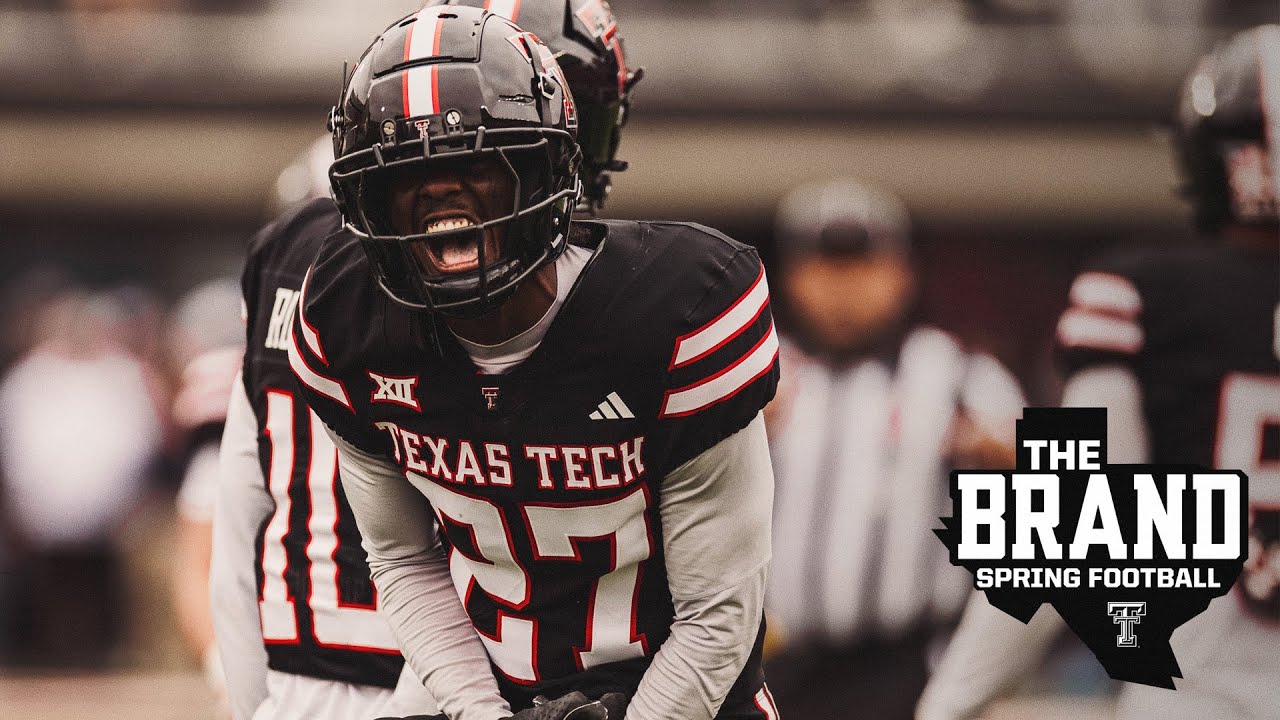

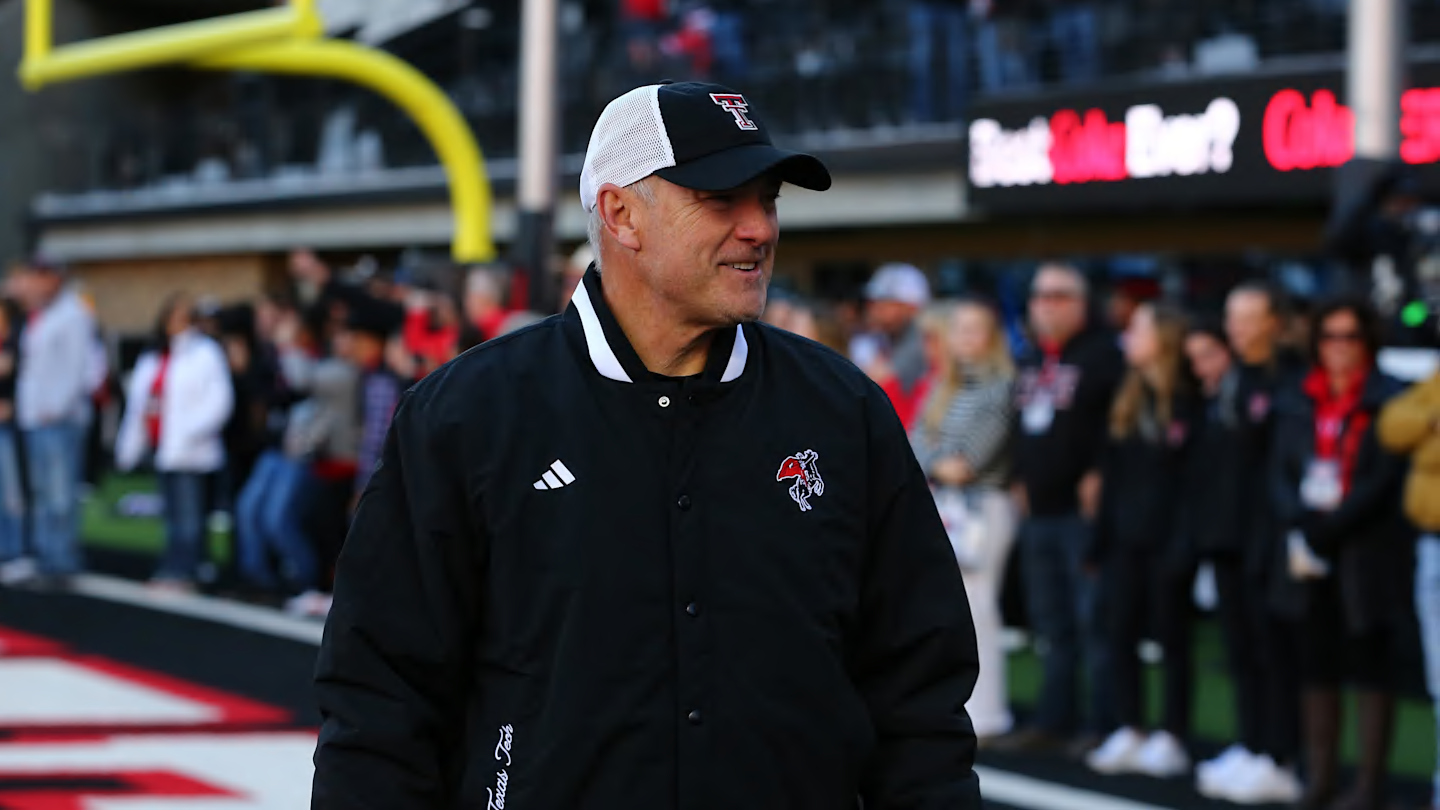

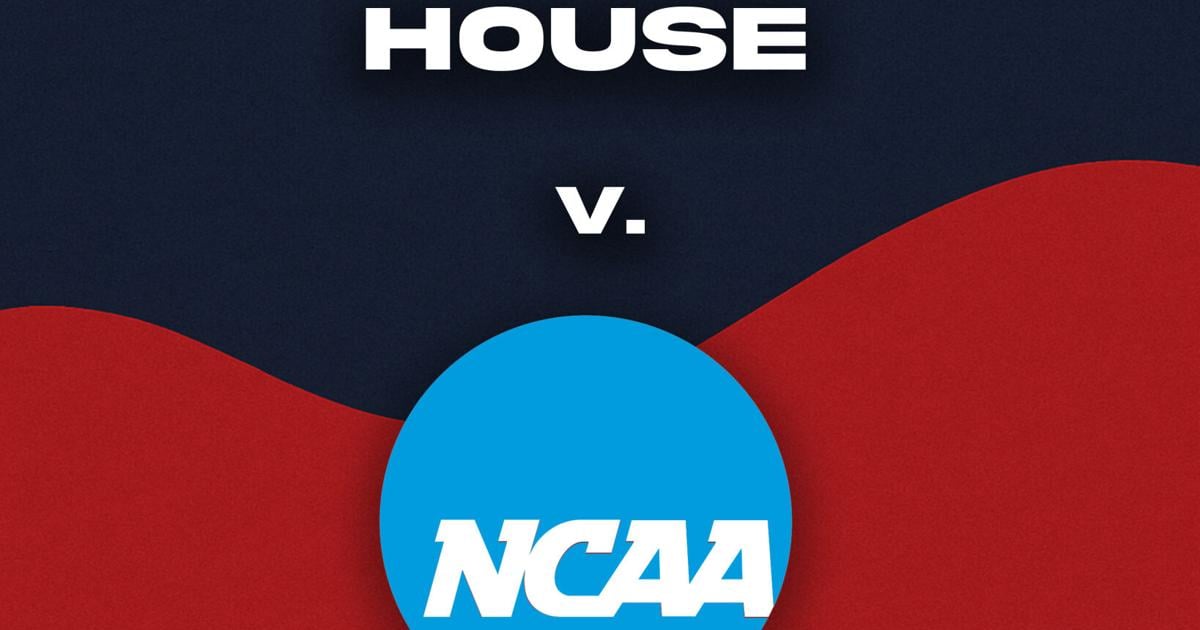

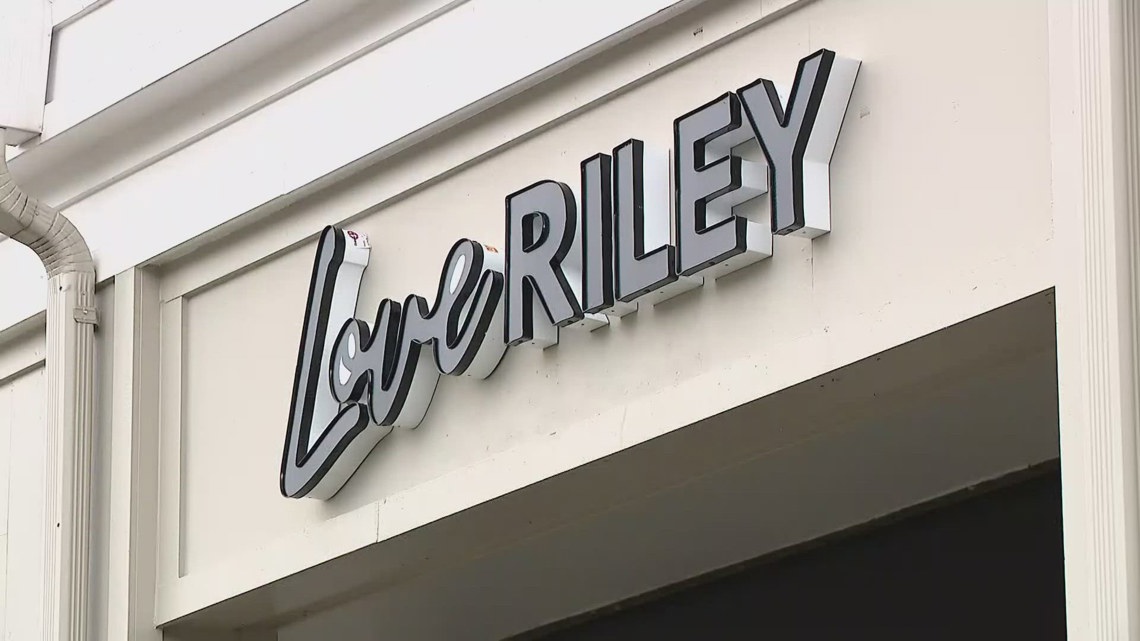






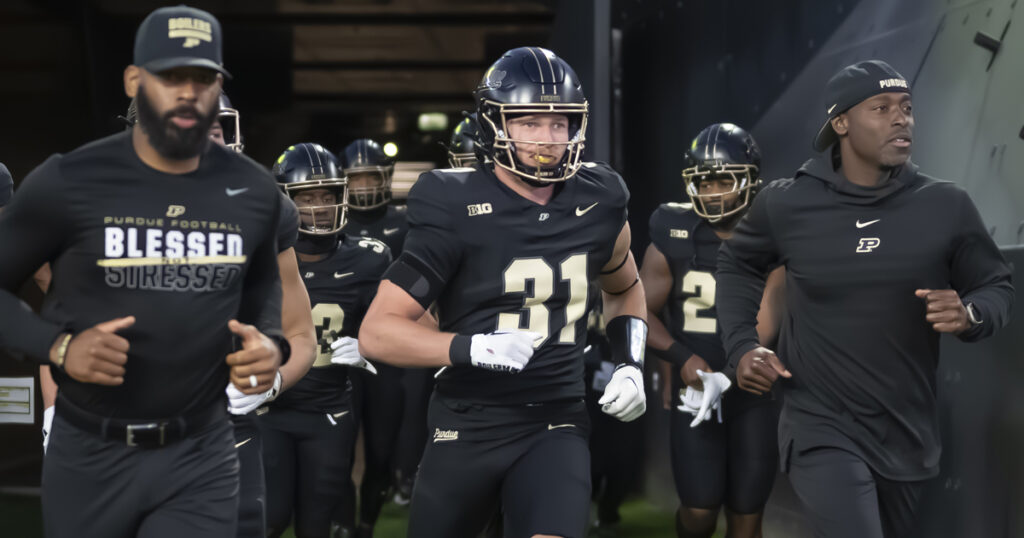
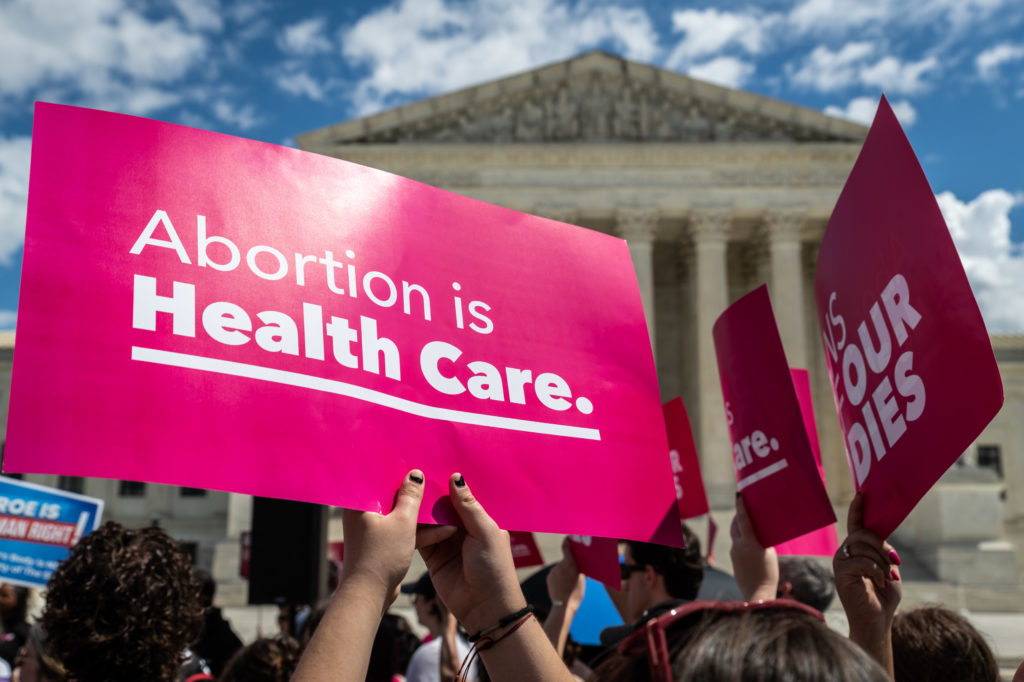

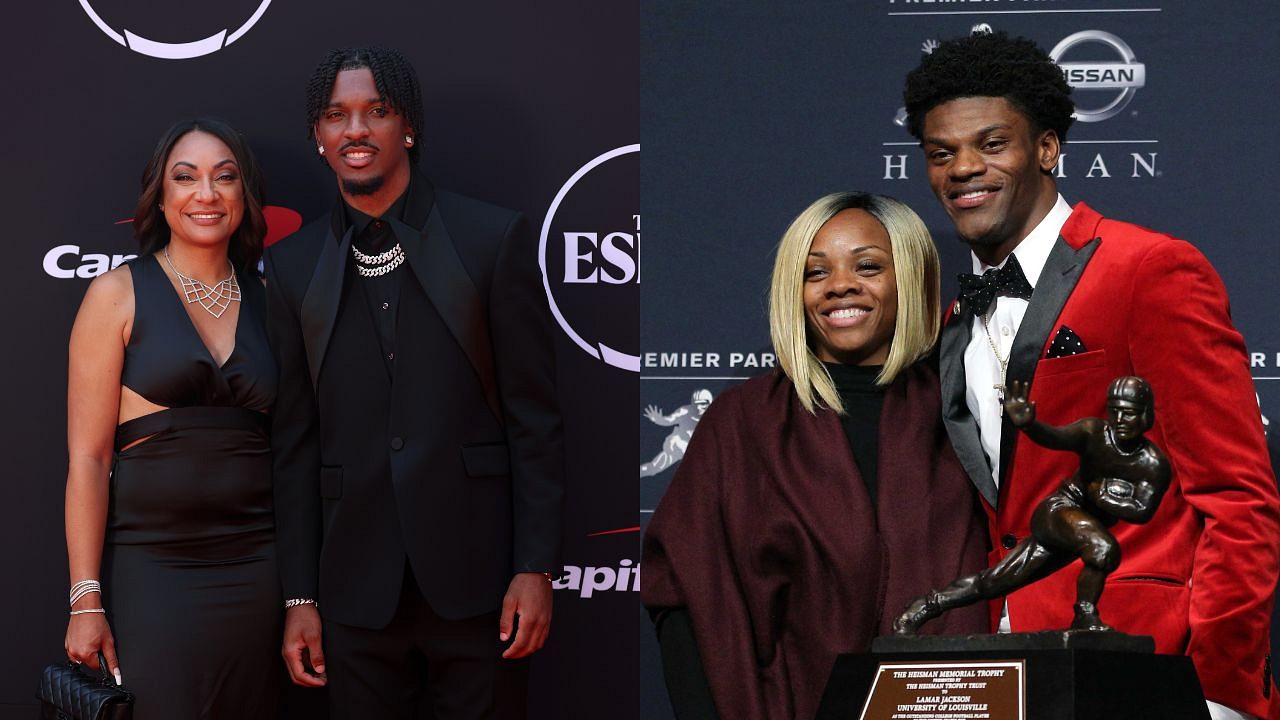









 | November 6, 2024
| November 6, 2024







































